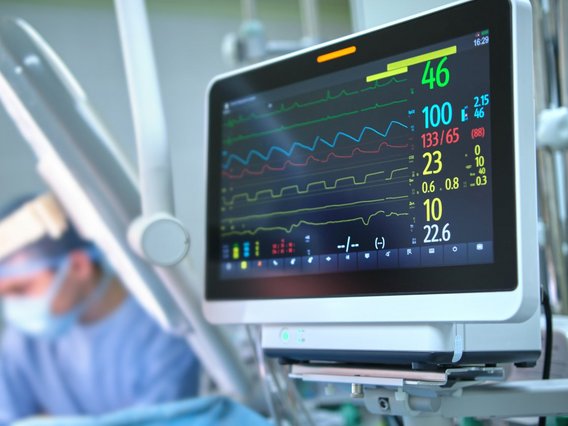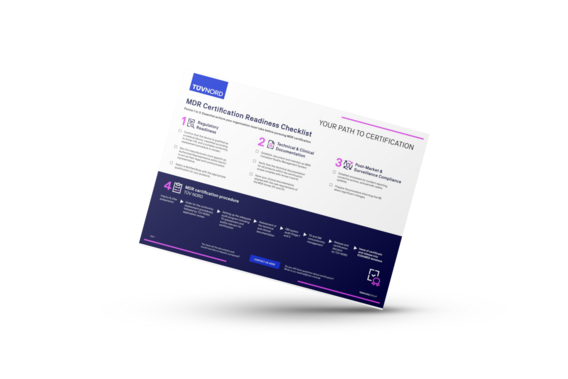
What is EU MDR – Medical device regulation?
The European Union Medical Device Regulation (EU MDR) – officially known as Regulation (EU) 2017/745 – establishes a unified framework for ensuring the safety, performance, and clinical effectiveness of medical devices marketed in the European Economic Area (EEA). It aims to strengthen patient protection, increase transparency, and improve post-market surveillance throughout the entire product lifecycle.
The MDR entered into force on 26 May 2017 and became fully applicable on 26 May 2021, replacing the Medical Device Directive (93/42/EEC) and the Active Implantable Medical Device Directive (90/385/EEC). Devices previously certified under MDD or AIMDD must undergo recertification to continue being marketed in the EU under MDR. For the latest version of the MDR you can request our MDR booklet including M5.
Even manufacturers with existing approvals must comply with the new, more rigorous MDR requirements – including updated clinical evidence, technical documentation, and risk management procedures.
Although transition periods for legacy devices have been extended through recent amendments, the timeline to achieve compliance is limited. Early action is essential to avoid market disruption.
As a designated Notified Body under EU MDR, TÜV NORD CERT GmbH provides expert certification services to help medical device manufacturers meet regulatory requirements and ensure continued access to the European market.

